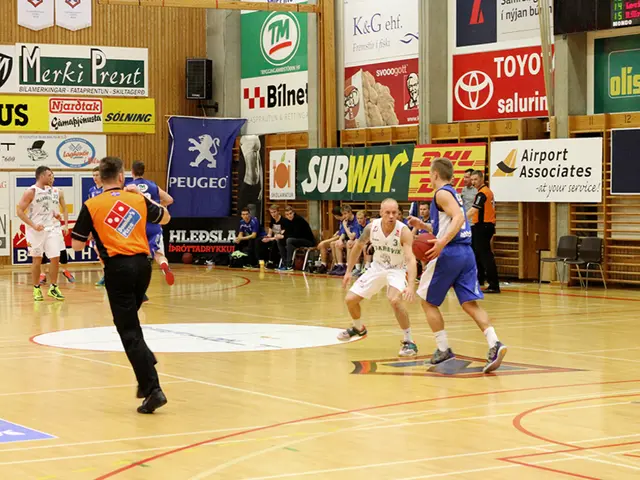Navigating Patent Application Deadlines: Detailed Overview
Patent filing timelines play a crucial role in safeguarding intellectual property rights for inventors and businesses. This article aims to shed light on the key stages, factors influencing variations, and strategies for navigating the patent filing process efficiently.
The Patent Filing Timeline
The patent filing timeline encompasses sequential events and durations involved in obtaining legal protection for an invention. Key stages include initial submission, initial review, substantive examination, and grant of the patent.
Variation by Country and Patent Type
International patent filings via the Patent Cooperation Treaty (PCT) provide applicants with up to 30 to 31 months from their priority date to enter national or regional phases in each designated country. In the United States, there is no strict deadline for filing a patent application internally, but after public disclosure, applicants have one year to file to retain rights domestically.
Factors Influencing Variations
Factors influencing patent filing timelines include the type of patent being filed, patent office procedures, and response to office actions. Legal systems, cost considerations, examination and processing times, disclosure timing, and strategic business factors also play significant roles.
Strategic Considerations
Companies balance filing early to secure rights (due to first-to-file laws) against waiting for further development to draft stronger applications and maximize effective patent life, especially relevant in pharmaceuticals and tech. Utilizing professional patent attorneys can enhance the efficiency of the filing process.
Emerging Trends
Future trends in patent filing timelines include the use of artificial intelligence and machine learning tools to automate various stages of the patent application process. International cooperation among patent offices is expanding, which could lead to reduced redundancies and shorter patent filing timelines.
Optimizing the Patent Filing Process
Being aware of patent filing timelines allows inventors to plan their research and development efforts effectively. Understanding these factors is critical for applicants to navigate the patent process efficiently. Some jurisdictions are adopting more flexible regulations to accommodate startups and small businesses, with initiatives such as accelerated examination programs becoming more prevalent.
Conclusion
Patent filing timelines vary significantly across countries and types of patents, influenced by legal frameworks, procedural steps, and strategic considerations. By understanding these timelines, inventors and businesses can make informed decisions to safeguard their intellectual property efficiently.
- The patent filing process, encompassing crucial stages like initial submission, examination, and grant, also acts as a shield for the intellectual property rights associated with sports innovations, such as new training equipment or techniques.
- To reap the benefits of reduced patent filing timelines for technological advancements in sports, nations and international bodies could consider the use of AI and machine learning tools or fostering cooperative patent office practices, much like the ongoing efforts to streamline pharmaceutical and tech patent filings.








